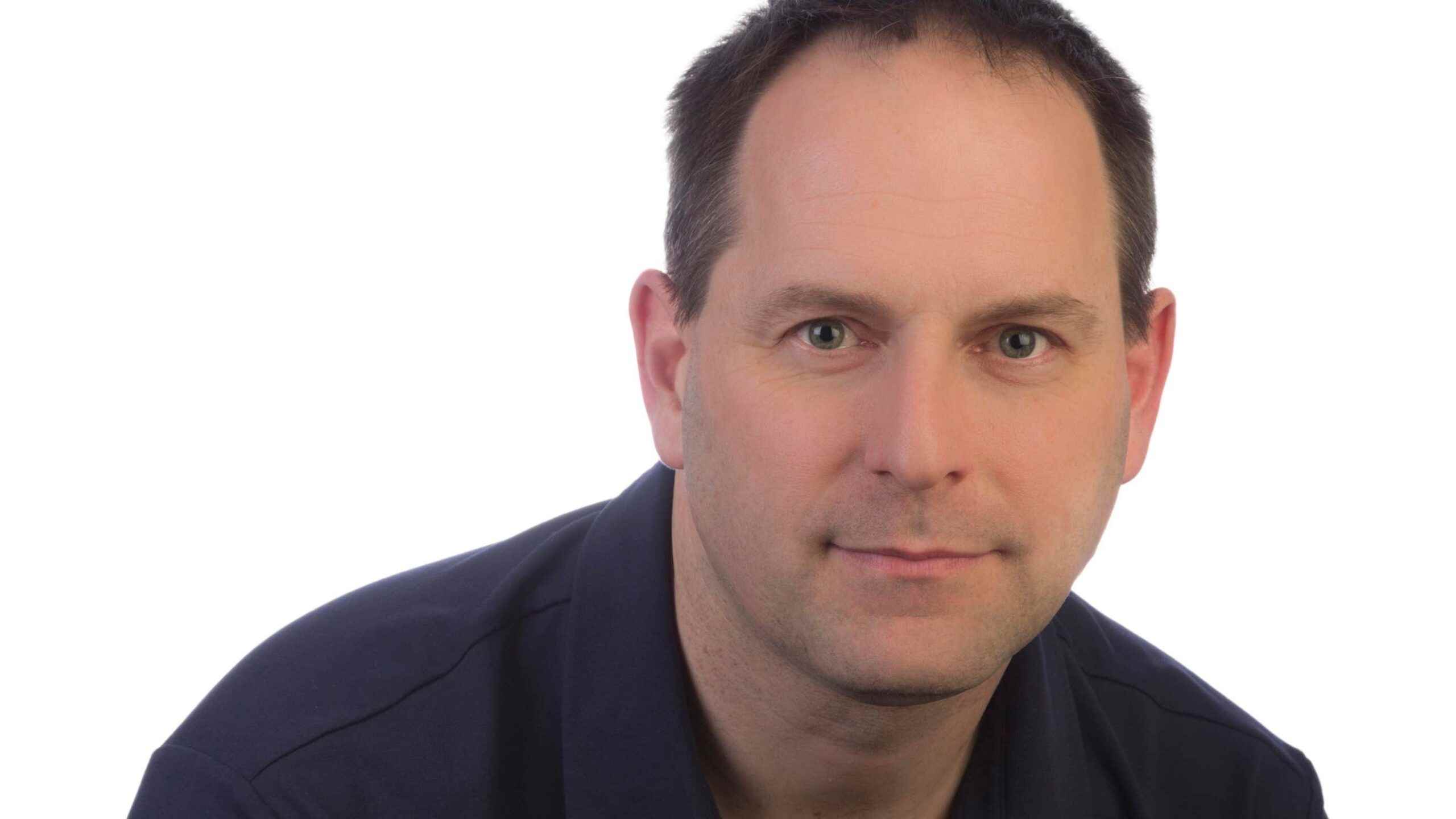The director of a funeral home was quietly selling bodies or parts of them. Megan Hess, 49, has just been tried. The facts that condemn it took place over nearly two decades in the United States, more precisely in Colorado, in Montrose, a city of 20,000 inhabitants planted in the hollow of a valley. In terms of macabre stories, this one quickly went around the world. Beyond the immediate repulsion it arouses, doesn’t this story also say something disturbing about our relationship with death?
It should be noted, to understand the story, that Megan Hess was not only director of a funeral home. She also wore the hat, unusual it is true, of broker in corpses. In the United States, for medical or educational purposes, corpses or portions thereof may be transferred by such brokers for consideration. These brokers insist that they are not selling anything. They only charge for their services, they claim. The idea that a body can be a commodity like any other is thus neutralized, by a simple effect of communication.
In principle, the origin of the corpses traded by these brokers must be checked. The bodies offered on this market must be free of any ambiguity in order to ensure the legitimacy of their possession. They must also not be carriers of infectious diseases. Those resold by Megan Hess were not only stolen from families, but were sometimes infected with hepatitis B and C, and even HIV.
In this morbid affair, Megan Hess was in cahoots with her mother. She too was convicted. To achieve their ends, the two women told grieving families that the remains of their loved one were duly cremated. Families were given ashes. In truth, corpses were mutilated before being cremated, when they weren’t simply handed over entirely. Ashes taken from who knows where served as a convenient alibi.
For centuries, human corpses have been the subject of dubious and shameful trade. To the point that the dark stories of these horrors, difficult to support, have been transfigured in the form of fantastic tales. The foundations of these stories are nonetheless rooted in reality.
Physicians, for practice, had to rely for a long time on the possession of bodies taken surreptitiously from the ground of cemeteries or purchased in contraband. Pierre de Sales Laterrière, one of the first Canadian doctors, describes in his memoirs his thefts of corpses in the 18e century. The judicial annals report several stories of trafficking in corpses throughout the 19th century.e century and until the beginning of the XXe. These stories involve the active complicity of the world of funerals, from the embalmer to the gravedigger. The need for corpses was so great that bodies were purchased in the United States, with little regard for the lives these dead, often African Americans, lived.
The corpses subjected to the scalpels were almost always those of left behind, of no family, of condemned men who had become stiff at the end of their rope, after justice had had them executed and then buried in a hurry, at ground level. earth. The whole nebula of poverty was overrepresented in the corpses devoured by medicine. One would have to be naive to believe that the traces of this commerce of death do not advance in various ways into our present.
Isn’t it fascinating to observe, for example, that the most reproduced cells in the world, for research purposes, come from the uterus of a poor American tobacco worker, Henrietta Lacks, who died at the age of 31 a dazzling cancer? Lacks was never even informed that his tissues would be removed for this purpose. These cancer cells were the first to have been cultureds in vitro. Of some, science has managed, over the years, to produce literally tons. Enough to supply most of the major laboratories in the world with cells from this woman.
Henrietta Lacks cells, known as HeLa, have been used repeatedly in all sorts of medical fields. They were used, for example, to develop the poliomyelitis vaccine, as were fertilization. in vitro, as well as cloning. Large corporations have made millions in profits based on the cultivation of these cells.
However, this exploitation of the cells of a dead woman of modest origin never brought her the slightest penny, any more than her descendants. Instead, the family of Henriette Lacks saw her medical records being studied and published without restraint. A team even decrypted the DNA of the HeLa cell and then published the details, without however seeing fit to inform the family, even if they could be directly affected by the revelations of this genetic filiation with a dead woman of whom they embody living continuity.
We also continue to see daily, without flinching too much, advertisements inviting us, for meager financial compensation, to offer our bodies to test new pharmaceutical products. These advertisements for experimental products readily manifest in spaces like subways and buses, where the socio-economic condition of those who become aware of them makes the realization of targeted exploitation most likely to occur. In these places circulate more than elsewhere the unemployed, the unemployed, the student, the mother of a single-parent family. One thing is certain, it is the bodies of unfortunate people, dead or alive, that still constitute a real gold mine.
